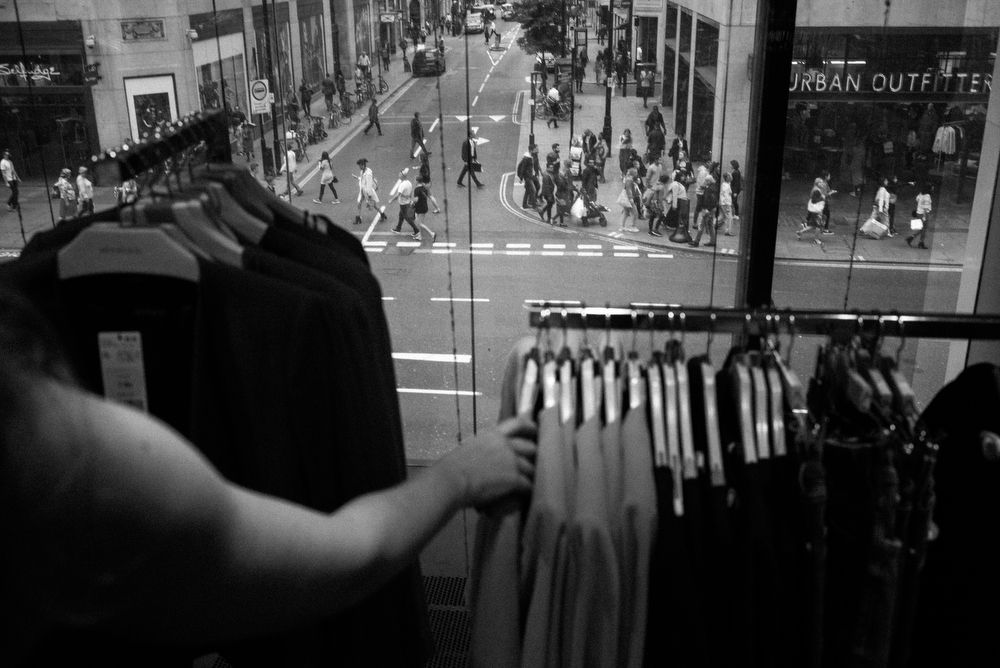Most of the countries that rely on cotton and garment export commodities exhibit low indicators of socioeconomic development. West Africa’s Burkina Faso, a major exporter of cotton, for example, ranks 183 out of 188 countries on the United Nations’ Human Development Index, which measures average life expectancy, education, and income. Bangladesh, one of the world’s top garment exporters, ranks 142nd. But even more developed countries, like Romania, compete in the race to the bottom; in 2011, the country abolished collective bargaining at the national level, weakening unions’ ability to negotiate for fair pay and working conditions. The rock bottom wages and lack of worker protections in these countries allow for the production of strikingly cheap clothes. These are the faces and the stories of the people who make the shirts, jeans, and countless other items you use every day.
Paul Timbi Kobassare and his familly, Burkina Faso
Kobassare assumes that the profit he will make with cotton, once distributed over the year, will amount to a bit more than $1 a day. He also has two cows, six sheep, ten pigs, and about five acres of land where he grows corn, millet, and peanuts to feed his family. But cotton is the only crop that brings him cash. Kobassare’s only alternative is working in a gold mine. Like other miners in Burkina Faso, Kobassare would have to travel from mine to mine in the hopes that he’d find a gold ore. Maybe he’d even go to neighboring countries. His work day could stretch from early morning till dusk, or from dusk till dawn, from Sunday to Sunday. He would rarely get to see his family.
“In a gold mine, everything depends on luck,” Kobassare says. “I could maybe earn 4 or 5 dollars a day. But cotton guarantees me one dollar a day.”
Nazma and her family, Bangladesh
“I bought this for myself with a compensation I got,” says Nazma. Three years after the accident, she can still hear the hellish noise of the collapsing Rana Plaza building. At night, it’s the worst.
“At least something then. A pleasant little house,” I answer. She looks at me with surprise.
“Furniture, I bought furniture for this room!”
I look around. Two metal beds, a closet and a mirror. “Nice,” I say.
Nazma lives in a rented room with her husband and five children. Nila, the youngest among them, is eight and is in fact her niece. Her mother, Nazma’s sister, didn’t survive the Rana Plaza disaster.
Read the complete story (in Slovenian) and view more images, on Delo.
